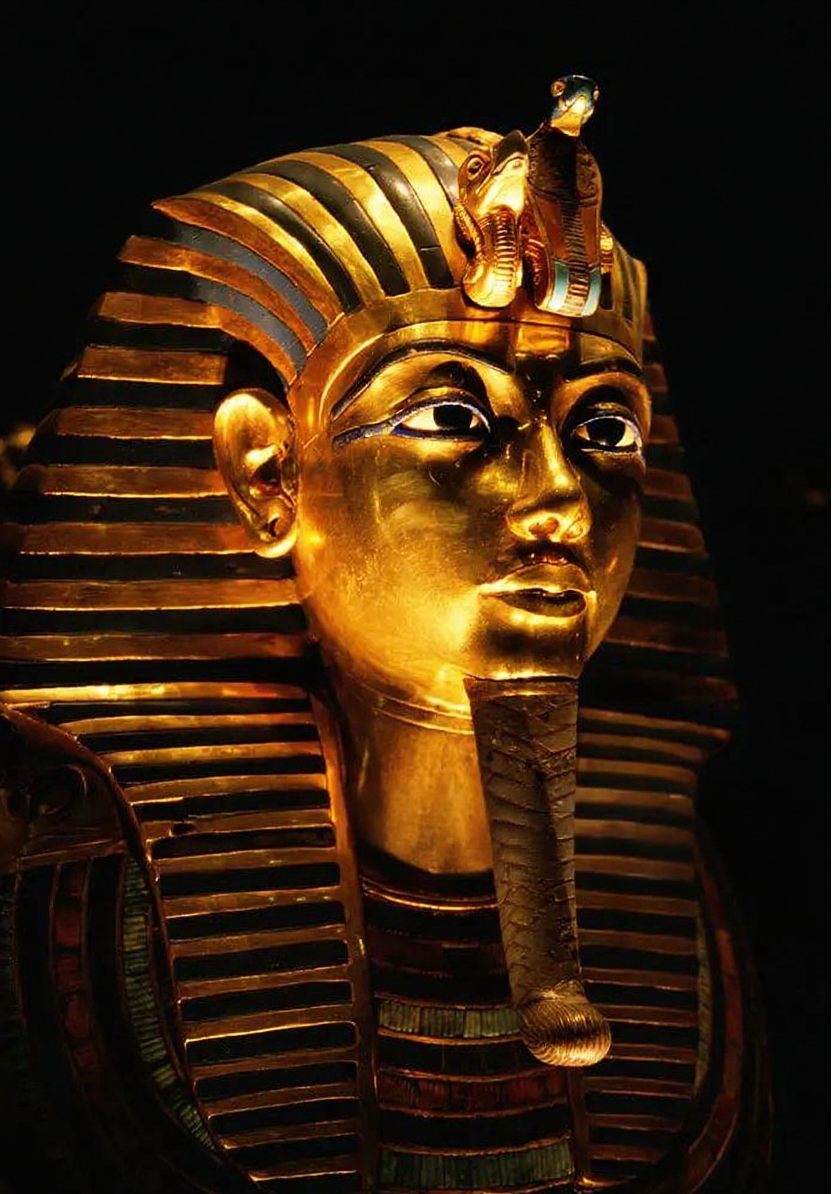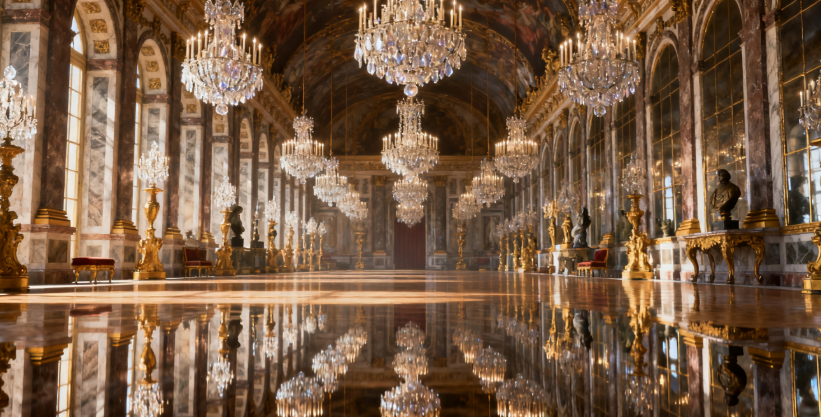Rembrandt Harmansson van Rijn is one of the greatest Dutch painters and a key representative…
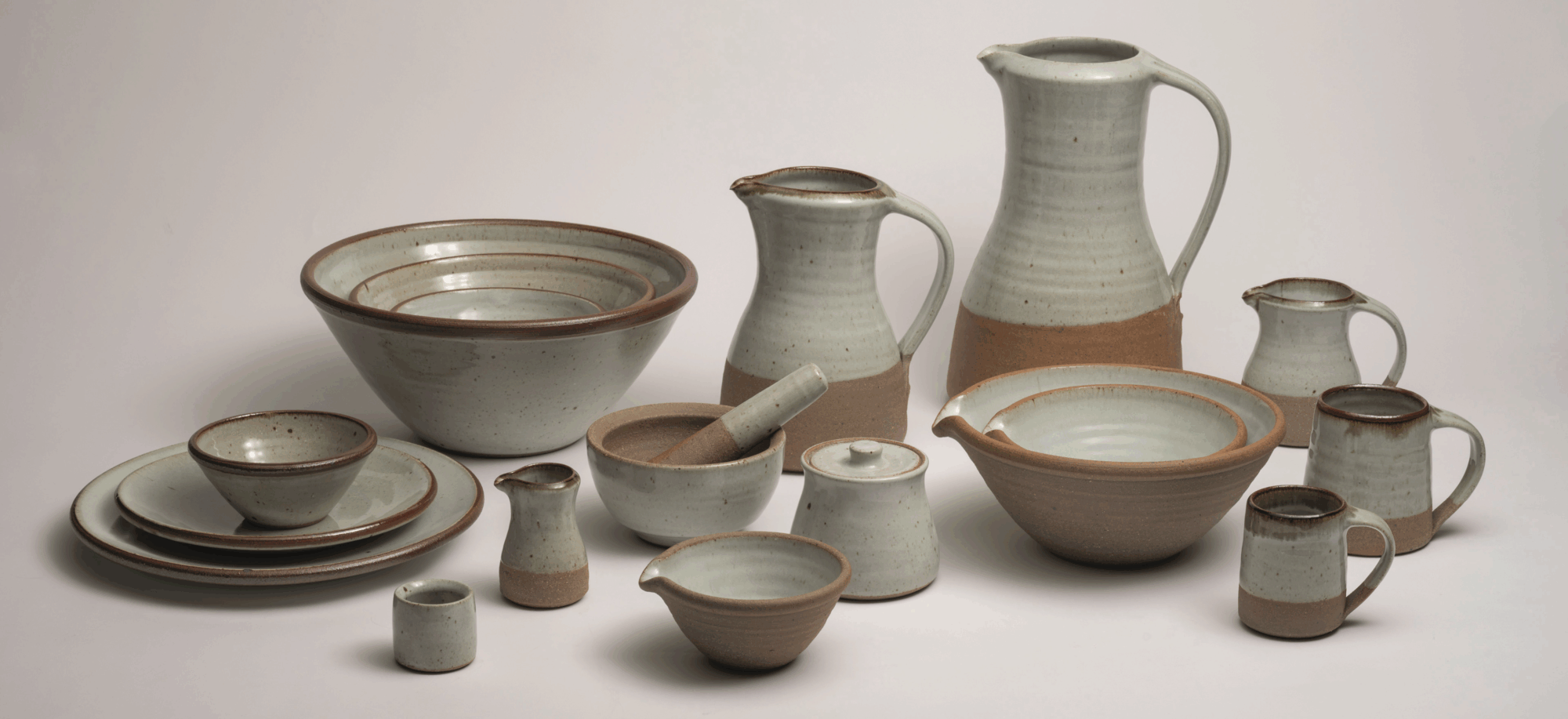
Inheriting Craftsmanship: Exploring the Charm of British Handicrafts
The United Kingdom, a nation steeped in rich history and cultural heritage, has developed traditional handicrafts that seamlessly blend the aesthetic sensibilities of different eras with a deep-rooted spirit of craftsmanship. Whether through the opulence and refinement of royal artifacts or the simplicity and emotion found in folk crafts, British handicrafts tell the story of a nation—its history, aesthetics, and spirit—through unique forms and materials.
This article explores the value and significance of British handicrafts in modern society, examining their historical evolution, major categories, representative techniques, and contemporary development.
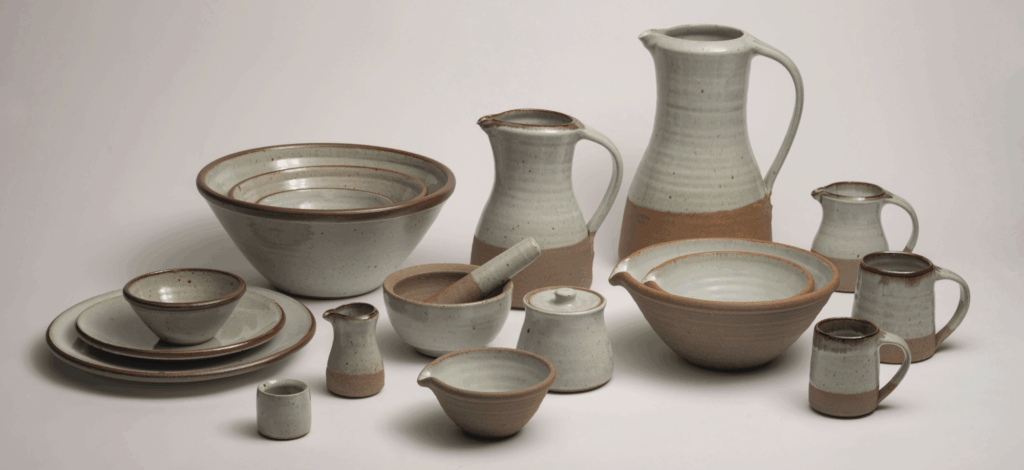
I. Historical Evolution: From Daily Necessities to Cultural Symbols
The development of British handicrafts dates back centuries, with origins traceable to the Celtic period and the Middle Ages. In early history, many crafts were created for religious and aristocratic purposes, such as stained-glass windows in Gothic churches, embroidered vestments, and sacred metal objects. Over time, particularly during the Renaissance and the Industrial Revolution, craftsmanship gradually entered the lives of ordinary people, expanding into diverse categories such as ceramics, textiles, metalwork, and woodworking.
The 19th century marked a key period of transformation. In response to the homogenization and aesthetic decline brought about by mass industrial production, the Arts and Crafts Movement emerged. Led by figures like William Morris, the movement emphasized the fusion of handcraft and artistic beauty, advocating for “design for everyday life,” thereby elevating the cultural value of crafts.
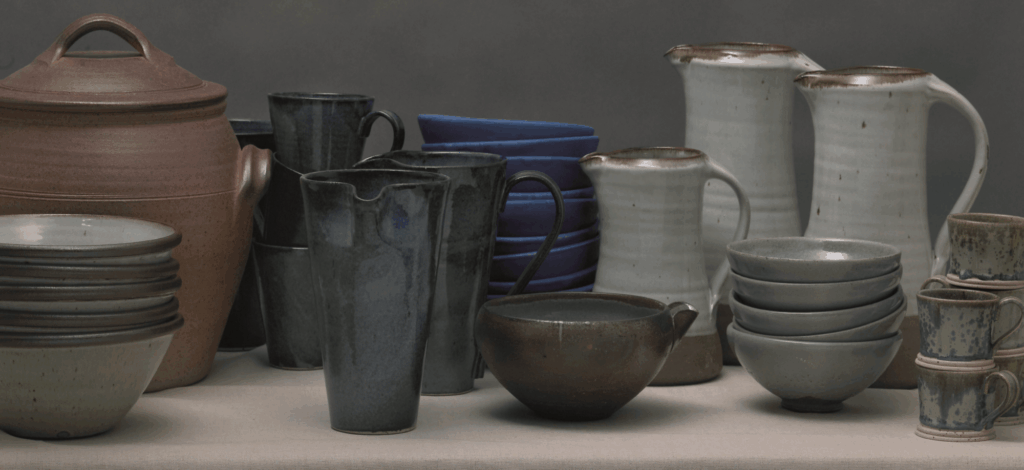
II. Major Categories: Diverse Forms and Exquisite Techniques
British handicrafts span numerous domains. Below are several representative categories:
1. Ceramic Arts
With a long history, British ceramics are world-renowned. Brands like Staffordshire pottery, Royal Doulton, and Wedgwood represent the pinnacle of ceramic craftsmanship. These pieces are known for their fine materials and intricate patterns and reflect the cultural tastes and social structures of British society.
2. Textiles and Embroidery
British textile traditions date back to the medieval period. Notable examples include Scottish tartan, Harris Tweed, and various forms of hand embroidery. Embroidery was once a key skill for noblewomen, reaching artistic heights during the Victorian era. Today, traditional embroidery techniques continue to thrive in rural homes and craft workshops.
3. Silversmithing and Goldsmithing
Britain has a strong tradition of silver and gold craftsmanship, with the Goldsmiths’ Company in London regulating quality since the 14th century. British silverware is admired for its elegant forms and meticulous engraving, commonly seen in royal collections and luxury dining settings.
4. Woodwork and Furniture Making
Traditional British furniture emphasizes both function and beauty. The Georgian and Victorian styles remain influential to this day. Modern handcrafted furniture continues to honor traditional mortise-and-tenon construction and the use of natural materials.
5. Glassware
Renowned brands such as St. Louis and Edinburgh Crystal are famous for their handcrafted blowing and cutting techniques. Stained glass windows, especially those in churches and historical buildings, exemplify the union of craft and religious art.
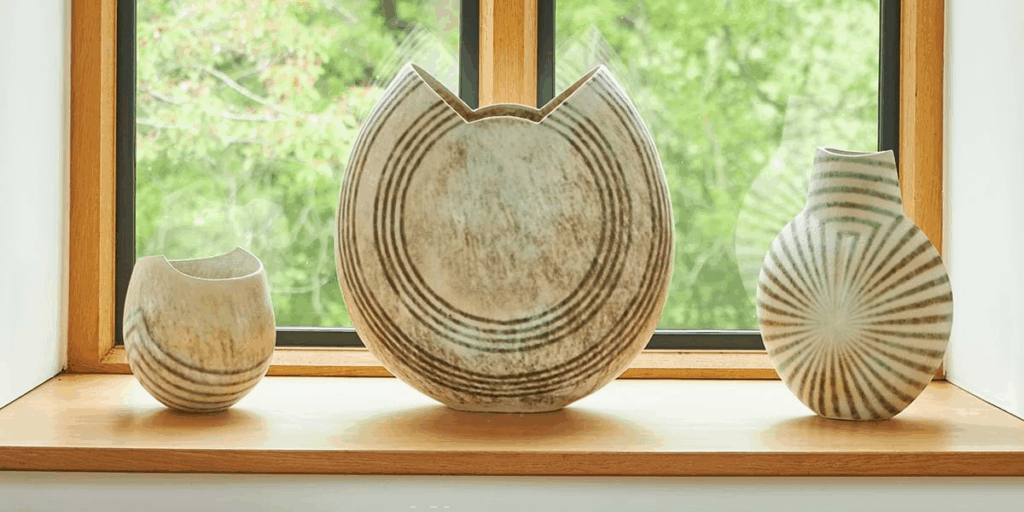
III. Representative Techniques: The Embodiment of Craftsmanship
Among the many techniques in British crafts, the following stand out:
Wedgwood Ceramics – A Neoclassical Masterpiece
Founded in the 18th century by Josiah Wedgwood, the company is best known for its Jasperware—a pale blue ceramic adorned with white relief decorations. These works remain icons of British home decor and tableware.
Harris Tweed – A Traditional Craft from Scottish Islands
Originating from the Hebrides in Scotland, Harris Tweed is a handwoven wool fabric famed for its durability, warmth, and classic patterns. Production still follows strict traditional guidelines, reflecting a profound respect for handcraft.
London Silverware – A Symbol of Standards and Elegance
London silversmiths employ fine techniques such as hammering, engraving, and polishing to create silver items that combine practicality with artistry, from teapots and cutlery to jewelry—sought after by collectors worldwide.
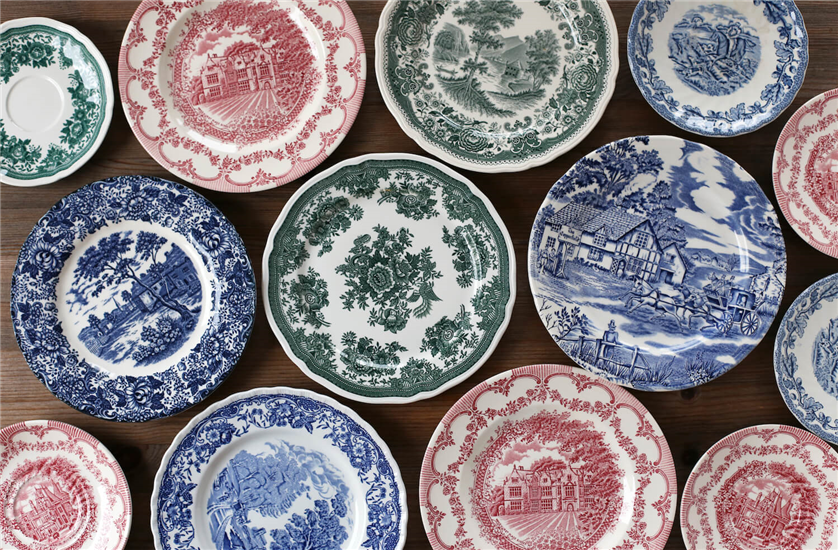
IV. Contemporary Development: Tradition Meets Innovation
Despite challenges from globalization and industrial automation, British traditional crafts have not declined—instead, they have experienced a renaissance through innovation. In recent years, the British government and various cultural institutions have actively supported the revival of the handcraft industry. The Crafts Council promotes exhibitions and education at home and abroad while encouraging young artists to blend traditional techniques with modern design.
Many craft brands have also embraced digital transformation, expanding into global markets through e-commerce platforms such as Notonthehighstreet and Etsy UK, enabling independent artisans to reach worldwide audiences and strike a balance between artistic expression and commercial sustainability.
Social media has played a crucial role in popularizing crafts, making them more accessible to the general public. Crafts are no longer confined to museums or high-end collections—they’ve become part of everyday aesthetics. More consumers now seek items that are “unique” and “authentic,” breathing new life into traditional handcraft.
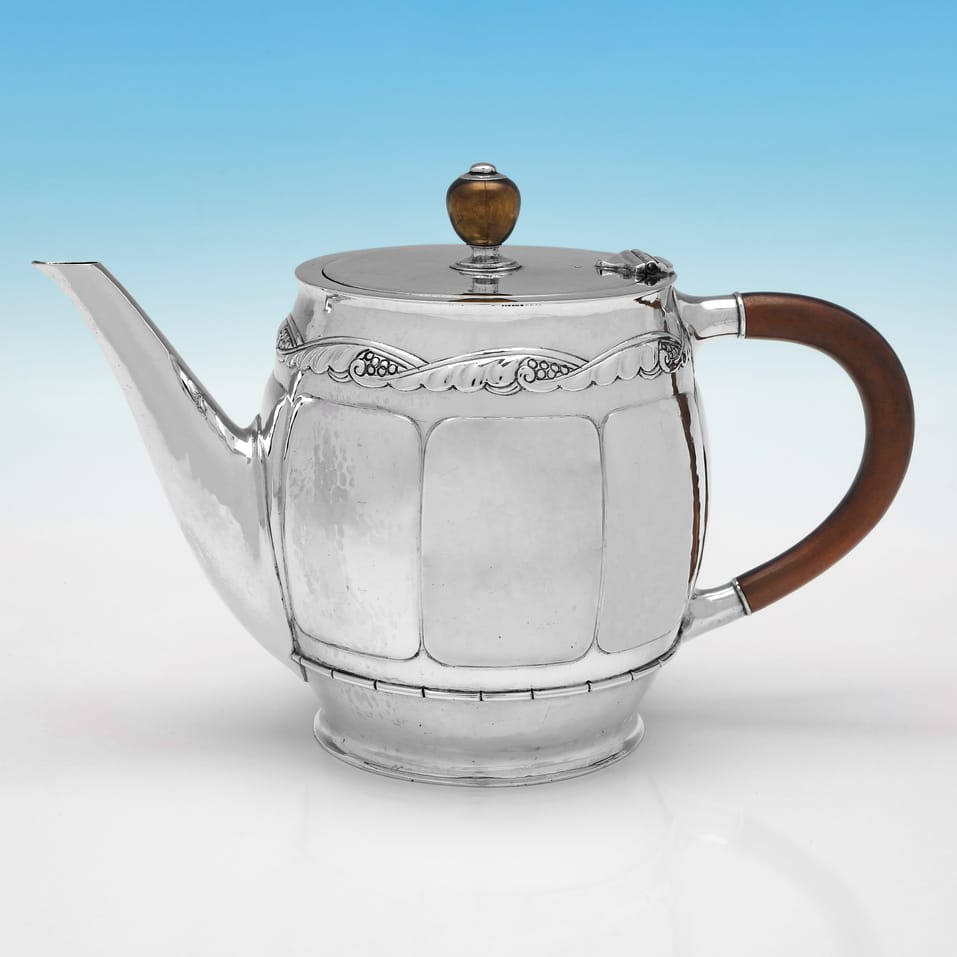
V. Cultural Value: More Than Objects—A Legacy of Meaning
The enduring appeal of British handicrafts lies not only in their technical excellence but in the cultural memories and social emotions they carry. Each handcrafted item is like a small “container of history,” embodying the artisan’s time, skills, and soul.
In Britain, craft is not merely a skill—it is a way of life. It reflects attention to detail, a passion for beauty, a respect for tradition, and a return to the philosophy of “slow living.” In a digital and fast-paced era, the harmony between humans, objects, and nature conveyed through British crafts resonates with contemporary values more than ever.
British handicrafts are both material and spiritual. They possess the grandeur of royalty and the warmth of the countryside; they represent continuity and creativity alike. From ceramics to textiles, silverware to furniture, each piece embodies the wisdom, emotions, and aesthetic pursuits of the British people.
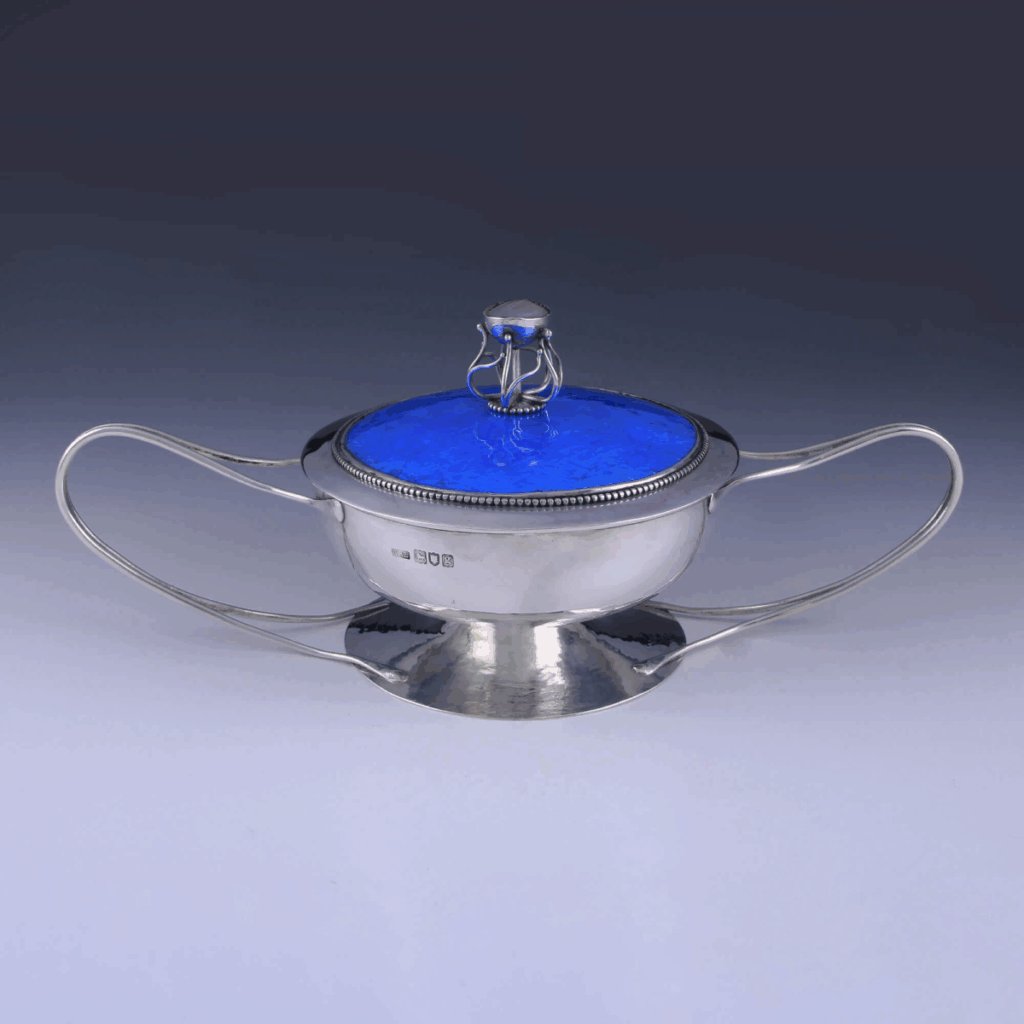
Looking forward, these handcrafted treasures—rich in history and culture—will continue to serve as vital symbols of British heritage, finding their way into more people’s lives and onto the global stage.


